New name - same old beautiful landscape!
Today marks the start of a new chapter in the story of designated Areas of Outstanding Natural Beauty (AONBs) in England and Wales. Welcome to National Landscapes!
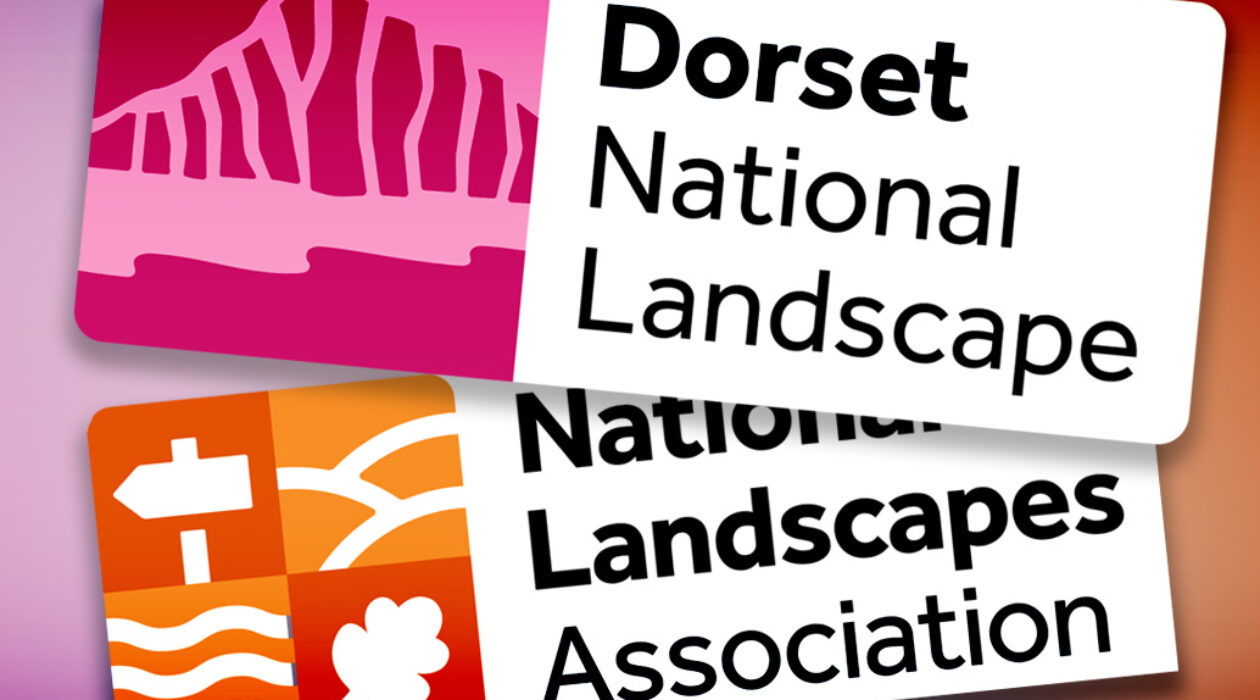
Today marks the start of a new chapter in the story of designated Areas of Outstanding Natural Beauty (AONBs) in England and Wales. Welcome to National Landscapes!

On Wednesday 22 November 2023, all designated Areas of Outstanding Natural Beauty (AONBs) in England and Wales are becoming National Landscapes, which in Dorset includes both the Dorset National Landscape and the Cranborne Chase National Landscape. The new name reflects their national importance; the vital contribution they make to protect the nation from the threats of climate change, nature depletion and the wellbeing crisis, whilst also creating greater understanding and awareness for the work that they do.

Because of their size and scope, National Landscapes are ideally positioned to address the environmental issues the UK is facing. There are 46 National Landscapes in the UK, covering 14% of England, Wales and Northern Ireland including moorland, farmland, coast, forests, including UNESCO World Heritage Sites, Biosphere Reserves, a Geopark and International Dark Sky Reserves. They are the UK’s nearby countryside – 66% of people in England (44 million) live within 30 minutes of a National Landscape and at least 170 million people visit them every year.
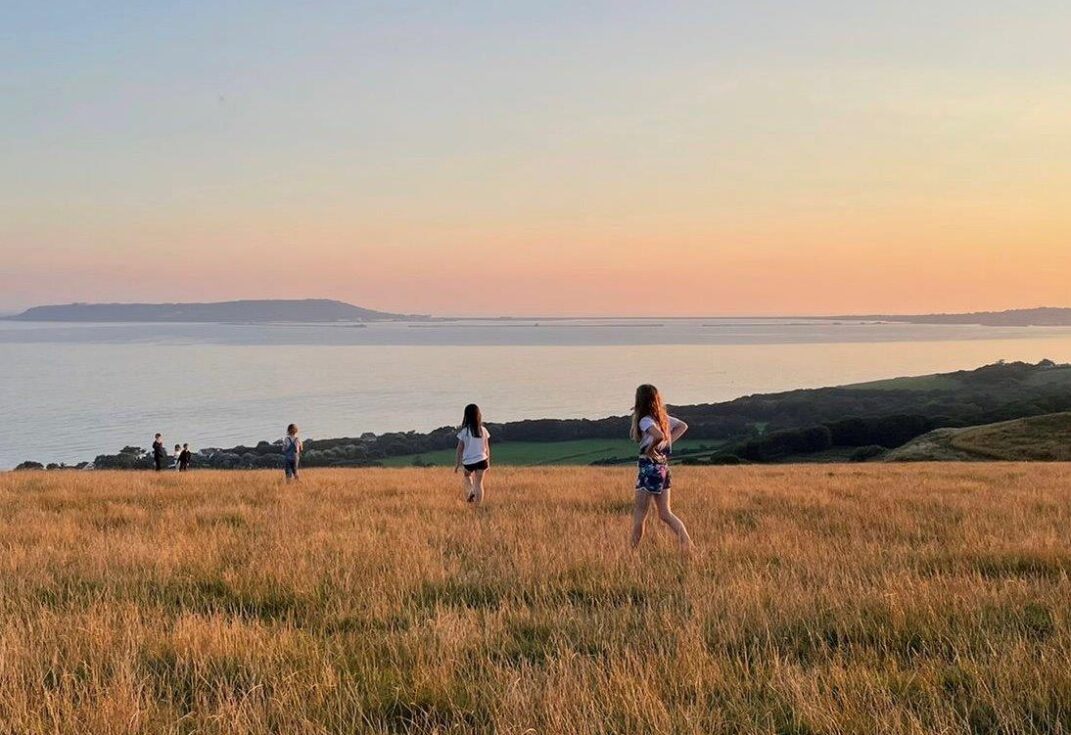
National Landscapes teams have been at the forefront of delivering natural solutions to the main challenges facing the nation for many years. The new brand underscores their commitment to redoubling their efforts and engaging with a wider audience.
In 2019, teams set themselves the most ambitious targets for nature in the sector and continue to work to meet them. By 2030, National Landscapes aim that, within their boundaries: at least 200,000 hectares of the most valuable natural areas (Sites of Special Scientific Interest or SSSIs), will be in favourable condition; 100,000 hectares of wildlife-rich habitat outside of SSSIs will be created or restored and 36,000 hectares of woodland will have been planted or allowed to regenerate.
National Landscapes Partnerships will also focus on habitat restoration to ensure the protection of some of our most endangered species and increase their work to help more people to enjoy time spent in beautiful places.

Tom Munro, Lead Officer for Dorset National Landscape says:
“Our work in leading the Wild Purbeck partnership is a great example of how we can bring people together to do bigger and better things for wildlife. Wild Purbeck enabled the creation of the 3,300 hectare Purbeck Heaths National Nature Reserve, allowing natural processes to be reinstated at a landscape scale.
The £800k secured by the Dorset National Landscape team for the NNR’s wilder grazing unit brought the focus and investment needed to make this ambitious scheme move from idea to action, supporting habitats for many rare species such as the Purbeck mason wasp, yellow centaury, heath bee-fly and woodlark depend.”
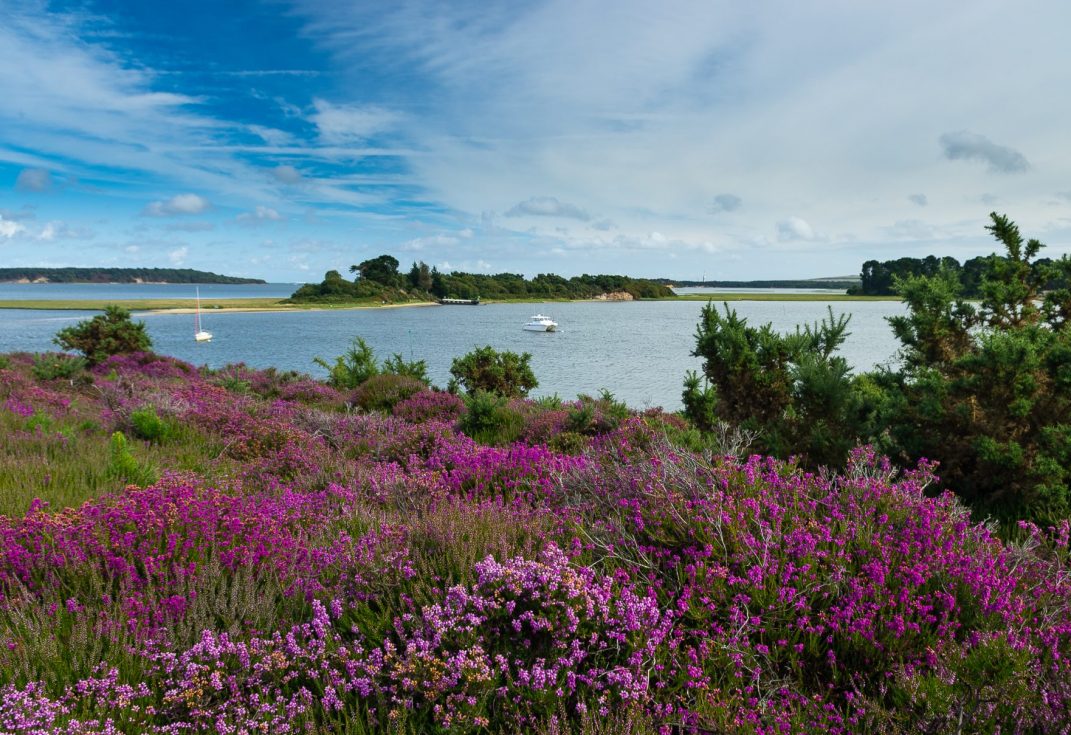
National Landscapes offer a uniquely integrated perspective in decisions about land use: convening conversations, bringing people together, and enabling a sustainable balance of priorities for nature, climate, people and place.
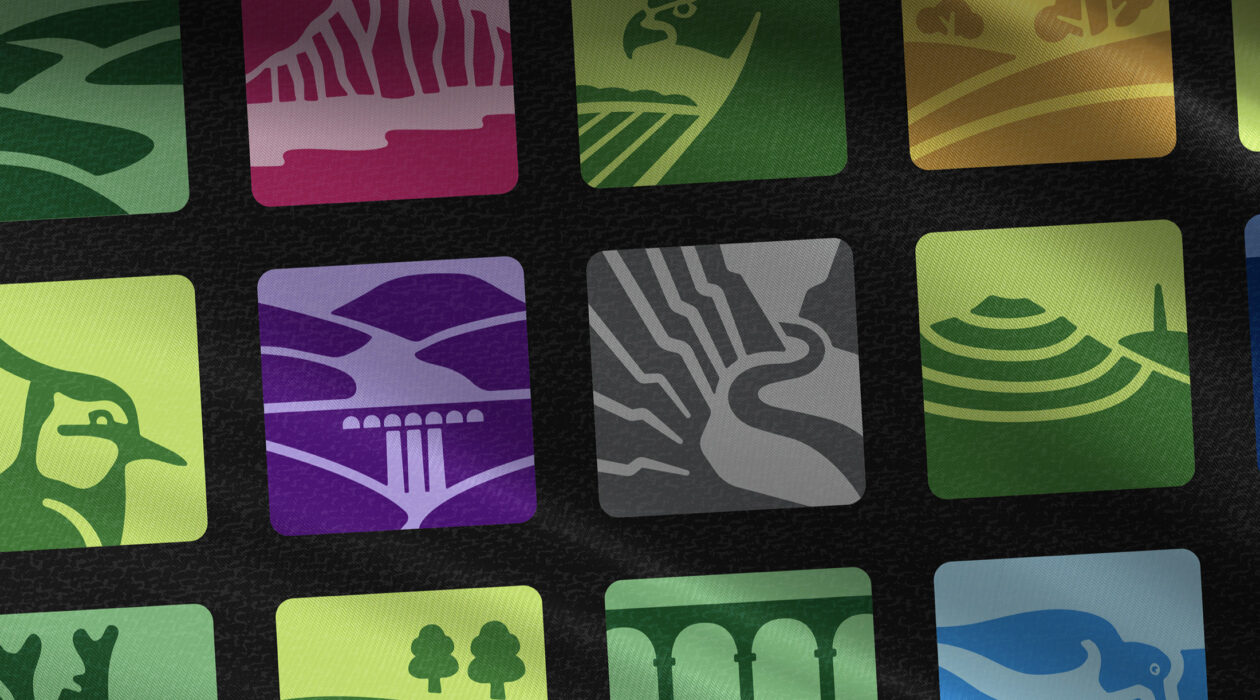
To discover the story of the UK’s National Landscapes
and find out more about the work they do visit
We work with communities, partners and land managers on lots of projects - have a look at some of them here
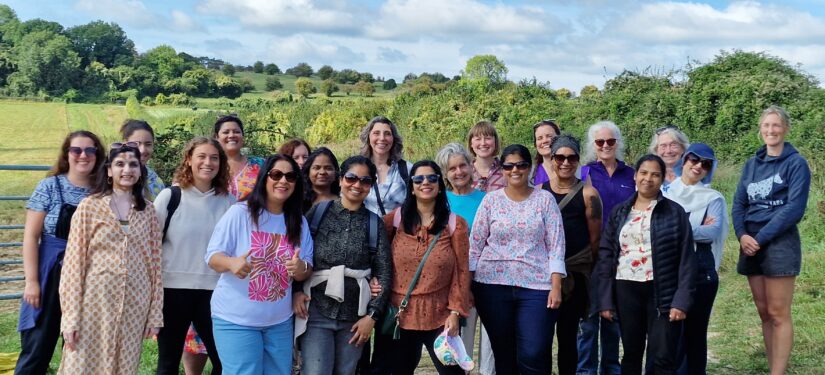
Landscapes for all

Connecting with nature